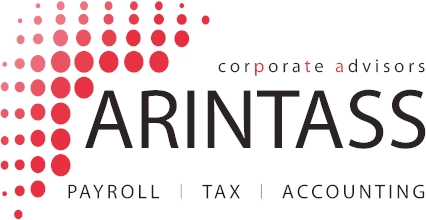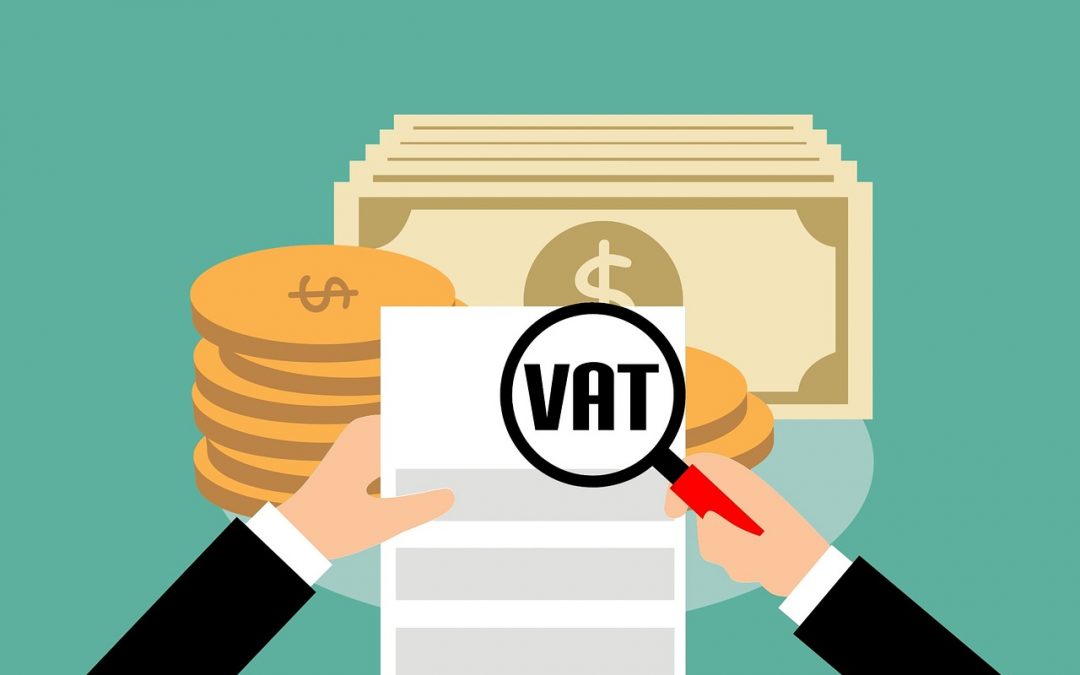The current crisis caused by the COVID-19 is causing many companies to be unable to pay their suppliers’ and creditors’ invoices.
The non-payment or the delay in the collection of the invoices, to which it is necessary to add the reduction of the invoicing for the stoppage of the activity in these dates, supposes a very important problem of liquidity for the companies.
Therefore, in the current situation, one of the alternatives that a company can opt for is to try to recover the VAT of the credits that are not paid.
In this aspect, a number of questions can be raised:
When can the tax base of a bad credit be changed to recover VAT?
To be able to change the tax base, the credits corresponding to invoices on which VAT has been charged must be totally or partially unrecoverable. They are considered to be in this situation when the credit meets the following conditions:
- One year has passed since the accrual of the output tax without the collection of all or part of the credit derived from it. In the case of SMEs (volume of transactions in the immediately preceding calendar year not exceeding 6,010,121.04 euros), this period can be 6 months, or if they prefer they can wait a year, as in the case of the rest of the companies
- The circumstance has been reflected in the books required for this tax
- That the recipient of the transaction acts in the capacity of a businessman or professional, or, in other cases, that the taxable base exceeds 300 euros
- That the taxpayer has requested collection by means of a legal claim against the debtor or by means of a notarial request.
What is the time limit for changing the tax base for unpaid debts?
It is three months from the end of the one-year term, or six months in the case of SMEs, from the time the transaction accrues or from the expiry of the unpaid term(s) in the case of forward transactions.
In which cases can the taxable base for bad credit not be modified?
- When they have a real guarantee, on the secured part
- Credits guaranteed by credit institutions, mutual guarantee societies or covered by a credit insurance or guarantee contract, on the guaranteed or insured part
- Credits between related persons or entities
- Credits owed or guaranteed by public entities, unless they meet the requirements to be considered unbrable
- When the recipient of the transactions is not established in the territory where the tax applies (the Peninsula and the Balearic Islands), or in the Canary Islands, Ceuta or Melilla
- When there is an order for the declaration of bankruptcy for the credits corresponding to quotas charged for operations whose accrual occurs prior to said order (bankruptcy credits).
In this case, the taxable base will not be modified after this order, and the taxable base can only be reduced in accordance with article 80.3 of the LIVA.
What is the procedure for changing the tax base?
In order to change the tax base, the creditor must meet the following requirements:
- Issue a new invoice in a specific series and send it to the recipient of the transactions, stating that it is a rectification, indicating the reasons for the rectification, the identification data and the dates of issue of the corresponding rectified invoices and the modification or cancellation of the charged amount, and be able to prove that the invoice was sent. In this rectifying invoice, the taxable base and the tax liability may be entered, either by directly indicating the amount of the correction, whether it is positive or negative, or as it remains after the correction has been made, in which case the amount of the correction must be indicated
- To have invoiced and noted in the register of invoices issued the operations in time and form
- To notify the Tax Office, by the electronic filing within one month of the date of issue of the rectifying invoice, of the change in the taxable amount, stating that this change does not refer to credits excluded from the possibility of rectification
- Prior to presenting the communication, the modification of the tax base must be communicated, presenting the following documentation through the electronic register of the Tax Office using the option Submit complementary documents:
- Copy of the corrected invoices
- Document of judicial claim or notary requirement or certificate from the public entity
- In the case of large companies, in addition to the above, a list of the corrective invoices.
What are the obligations of the recipient of an amending invoice for a change in the tax base for unpaid debts?
If the recipient of the transaction affected by the change is considered to be an entrepreneur or professional must:
Enter the amount of the corrected fees as a reduction of the fees deducted in the declaration-settlement for the period in which the correction invoices are received.
Inform the Tax Agency electronically of the receipt of the correction invoices, stating the total amount of the corrected payments included and, where applicable, those that are not deductible, within the period for presentation of the aforementioned declaration-settlement.

